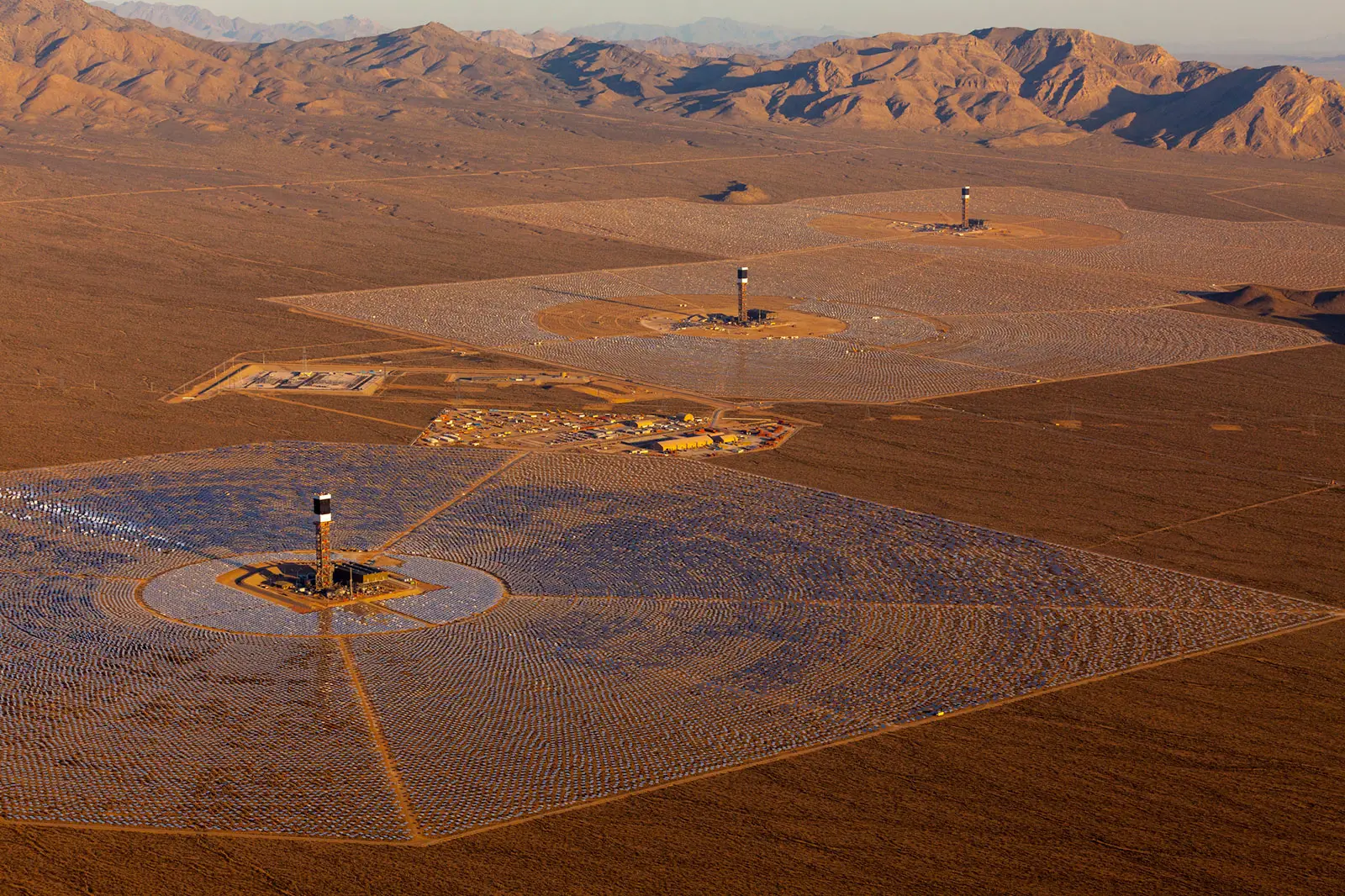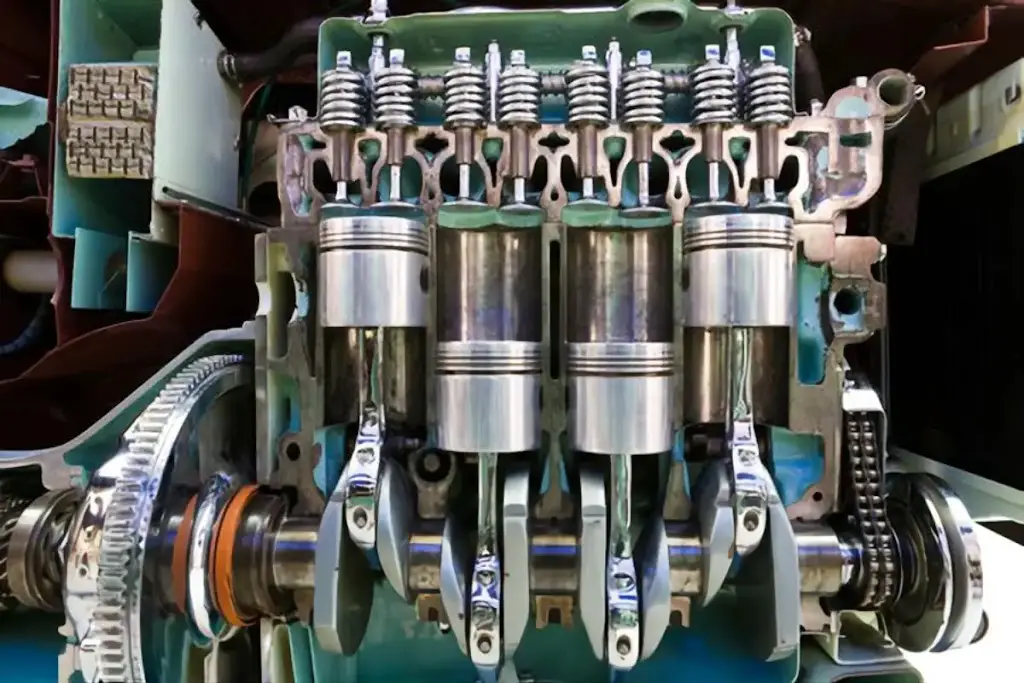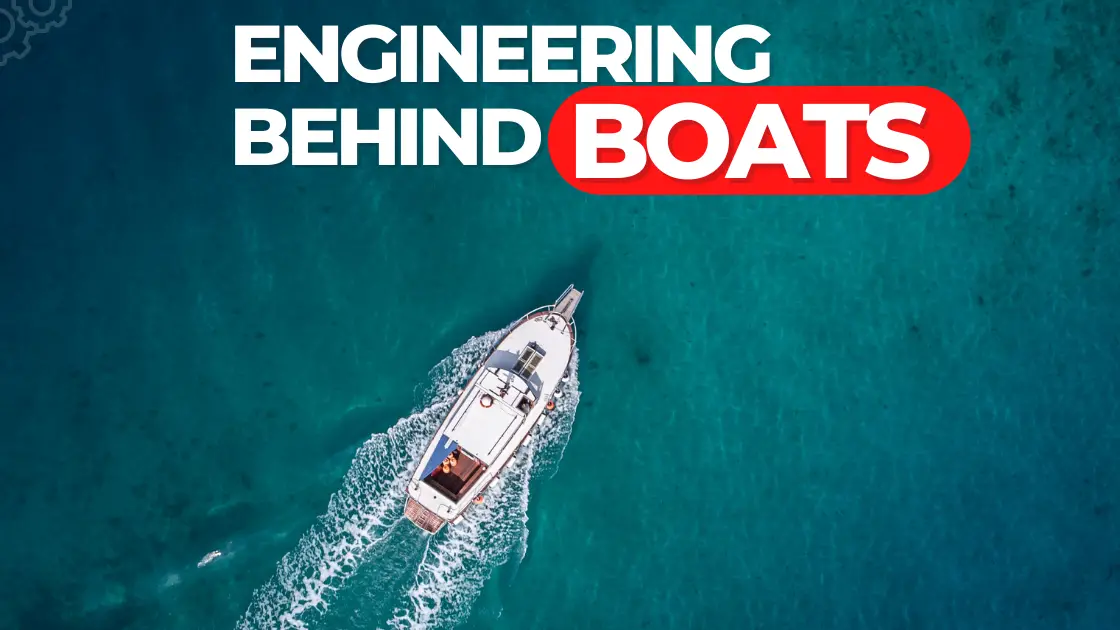The need for cities to be resilient, liveable, and smart is growing as a result of the rising population, urbanization, and the effects of climate change. Making eco-friendly urban planning a priority is thus no longer optional.
For this reason, we need the services of urban planners who are well-versed in developing environmentally friendly neighborhoods.
With that in mind, an aspiration to be home to the most visionary entrepreneurs and soon to be synonymous with innovation in urban technology, Dubai-based URB has unveiled the new Dubai Urban Tech District.
A distinctive tech environment will emerge in the Emirate and around the world as a result of the new construction, which will support the worldwide shift toward reaching net-zero carbon targets and becoming home to top entrepreneurs.
Additionally, it will have a number of commercial and educational facilities.
So let us dive into the topic with keenness and understand the stuff in more detail.
Urban Tech District
The Urban Tech District in Dubai’s Al Jaddaf neighborhood will generate 4,000 jobs in green urban tech, education, and training. It will be home to venture funds, fueling entrepreneurs and enabling a distinctive collaborative urban tech ecosystem.
The CEO of URB believes that of all the cities in the world, Dubai is best positioned to lead the urban tech transition. A brand-new technological epicenter for urban innovation will be the Urban Tech District.
It will be the largest urban tech zone in the world, covering 140,000 square meters in total, making Dubai the epicenter of urban innovation.
Creators of Project :
URB is a leader in creating sustainable cities with the intention of hastening the global shift to net zero projects. Headquartered in Dubai Design District, the company is currently planning several massive-scale sustainable cities.
When it comes to environmentally friendly projects, URB is a frontrunner
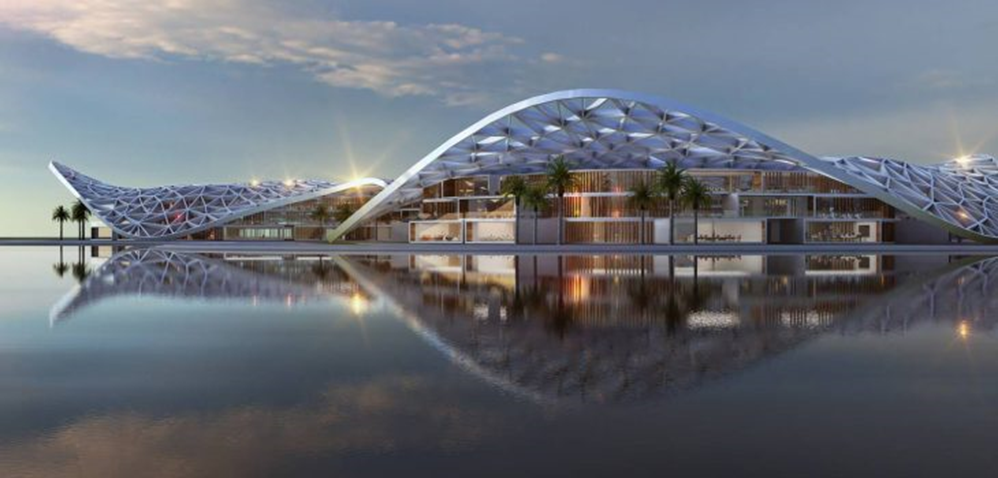
The URB website claims that the project is in the best possible hands.URBs are highly experienced developers and consultants who provide development management, master planning, landscape, and architectural services focusing on designing Net Zero Sustainable Cities. The company was founded by Bahrash Bagherian, a highly experienced master planner with over 18 years of experience.
Bacharach Bagherian has served in various senior roles for international architectural practices.
Most recently, he was the former Design Director of Diamond Developers and led the design of various sustainable cities worldwide, leading and managing a team of architects, urban planners, landscape designers, and interior designers.
Sustainable Cities:
A sustainable city uses urban planning and city management to solve issues of social, environmental, and economic effects.
By incorporating eco-friendly options into city infrastructure, including adopting pedestrian and bike lanes, many sustainable efforts can be realized. Change can also be affected by rules and penalties: garbage removal orders have been shown to reduce landfill waste.
Sustainability depends on finding ways to protect the environment, but it also depends on cutting expenses and developing a vibrant community.
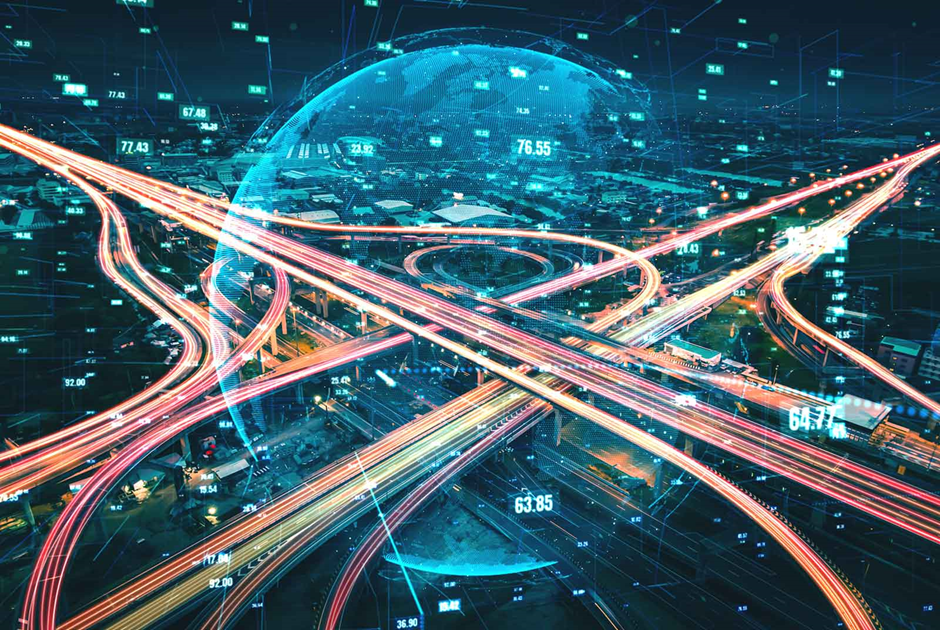
Cities can leave a net zero footprint for a more sustainable world through planned infrastructure, public green areas, smart garbage collection, and more.
Sustainable cities aren’t just a lofty goal for city planners and eco enthusiasts: They are a necessity in the fight against climate change. Flooding, heat waves, damaged water supplies, and more can all be mitigated by sustainable infrastructure.
Cities that reduce their risk of climate effects and other naturally occurring disasters will see less property damage, insurance losses, and even casualties, making sustainable city practices a necessity for long-term success.
Planning and Structure of Urban Tech District :
Located along the Creek in Al Jaddaf, Dubai’s Urban Tech District will provide green urban technology, education, and training for 4,000 people.
With its massive 140,000 square meters of space, URB’s ambitious initiative will become the largest Urban Tech District in the world. On-site urban farming, solar farms, passive design elements, and light and temperature sensors are just a few of the additional sustainability measures the design team hopes to use.
In addition, the architecture of the structures makes use of cutting-edge sustainable methods, both passive and active, to lower the overall energy requirement of the building.
At the typology level, the development made the most of the use of flexible multipurpose spaces to reduce the amount of redundant space utilization and increase the number of shared resources.
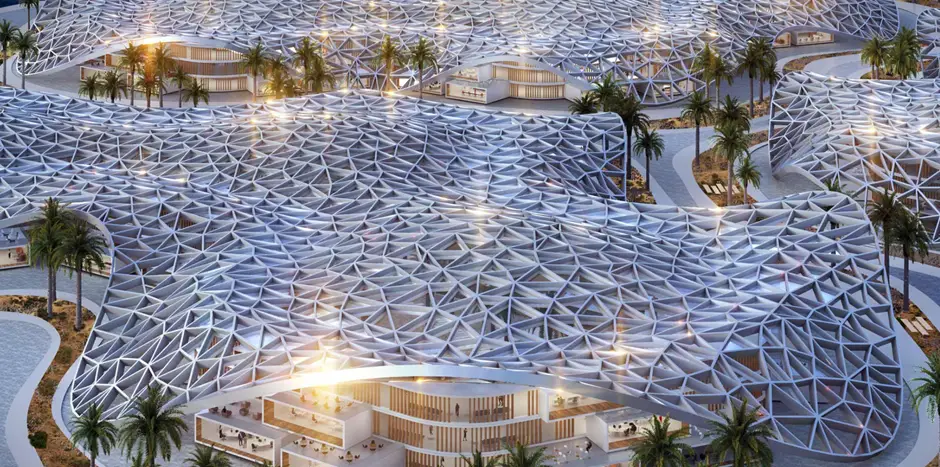
In the event that changing the purpose of the open-concept rooms becomes necessary in the future, this will make it simpler to convert them into something else.
At the level of a building, sensors are an extremely important component. The temperature and lighting levels inside can be modified automatically based on a number of different factors.
The number of people present in a space, the time of day, as well as the weather, and the amount of light outside are all examples of these variables. Every structure will be outfitted with sensors designed to detect motion.
Aims of Urban Tech District:
With innovation and sustainability at its core, the initiative contributes to the global transition toward reaching net-zero carbon goals by putting out a variety of ‘green’ programs and practices.
The area will offer investment opportunities to innovators tackling some of the most important issues related to sustainable cities and serve as an acceleration platform for a new breed of quickly expanding, cutting-edge businesses, enabling the emergence of urban solutions on a much bigger scale.
The Urban Tech Institute, where the next generation of leaders would gather and develop, will also be housed by the proposal.
It will encourage public-private partnerships and present chances to test innovations based on applied research, accelerating the transition to long-lasting and climate-friendly improvements on a global scale.
Each company in the district will sign up for a tenant zero carbon engagement program, which aims to reduce emissions by raising awareness and improving operational performance in the direction of net zero.
Promoting Collaborative Ecosystem :
All cities of the future will revolve around urban technology. The current $158 billion urban technology sector will rapidly expand worldwide over the next decade.

For example, zero-mile food production, food security, affordable and scalable renewable energy, low energy demand water harvesting, zero-waste management, and waste-to-energy solutions are just a few of the problems that tech-enabled urban developments aim to solve.
These issues are only a few of the numerous that plague our metropolitan areas.
Net zero carbon:
Cities are the frontline in tackling climate change – representing both the biggest challenge and opportunity to keep warming well below 2°C.
Currently, more than half of the global population lives in cities, consuming 78% of the world’s primary energy. Generating more than 70% of global carbon emissions.
By 2050, over two-thirds of the world’s population is set to live in cities. Changes need to happen now to reduce emissions and deliver resilient and equitable urban ecosystems.
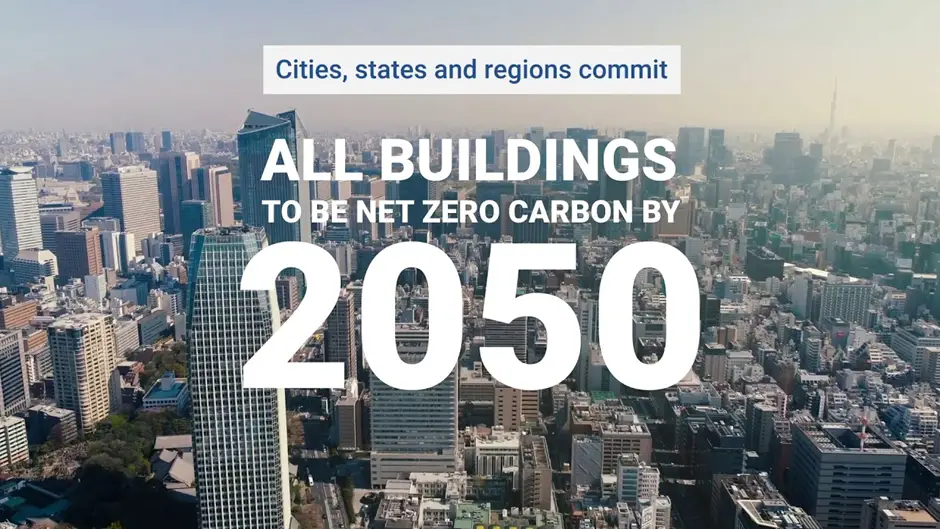
City planners aim to create a “zero-carbon city”—one that uses only renewable energy sources, has no carbon footprint and otherwise does not harm the environment. A zero-carbon city makes an effort to minimize carbon emissions and balance any that are still present through carbon capture and storage.
A low-carbon workforce will be made possible by the development’s role as a net zero-carbon district in lowering the carbon footprint of its partner companies.
As a result, the area will serve as a model for the UAE’s sustainable future and net zero objective targets. Each company in the district will sign up for a tenant zero carbon engagement program, which aims to reduce emissions by raising awareness and improving operational performance in the direction of net zero.
What is Urban Tech?
The phrase “urban tech” refers to any technological solution to urban issues. Using urban technology in city design can lead to more fair housing circumstances.
Urban technology innovations can greatly improve the quality of life in our cities and make them more secure against natural disasters.
The demand for revolutionary urban technologies has arisen as a result of the widespread adoption of digital methods in today’s cultures.
However, the term’s meaning is increasingly expanding to include concerns about climate change and other environmental issues. The term “green urban tech” is thus a very recent development.
An urban tech district’s purpose is to foster the expansion of businesses that are conceptualizing and creating such technologies in order to establish a cooperative urban tech ecosystem.
Facilities:
The new district will offer conference rooms, training platforms, research labs, seminar rooms, business incubators, and other attractions. The building’s construction process will offset the embodied carbon emissions from use.
The district will also house an urban tech institute to nurture the subsequent generation of urban tech leaders.
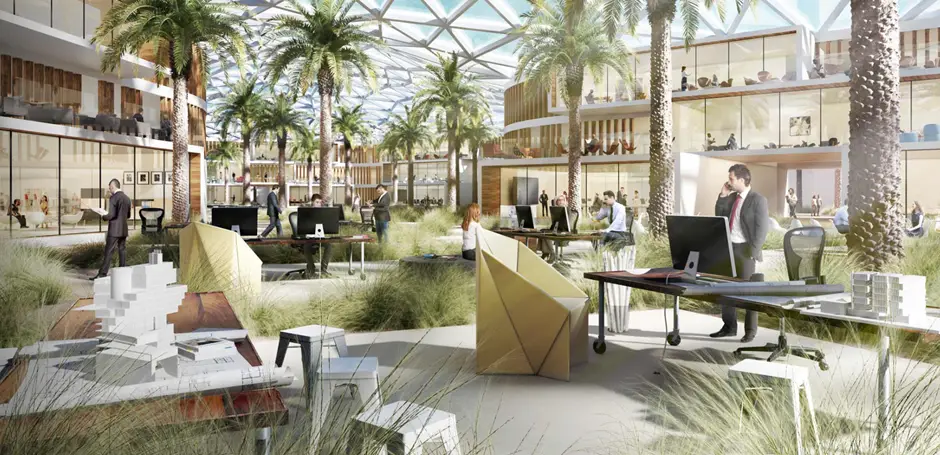
The institute would promote public-private partnerships, offering prospects to test-drive budding innovations based on applied research.
The hub will be equally populated by commercial and educational buildings, including biophilic indoor architecture that fosters well-being.
The Urban Tech Institute’s research infrastructure will offer useful information and skills to produce effective results. The institute will also carry out a number of projects outside of research, including roundtables to discuss opportunities, educational training, conferences, and seminars.
In order to create a distinctive urban tech ecosystem, the area will also support programs, networking events, exhibitions, workshops, seminars, lectures, and stakeholder and community engagement in proof of concept projects.
This cooperative ecosystem will enable us to jointly design, create, and expedite solutions.
Biophilic Design:
By using a Biophilic design, which is most commonly used in office settings, the indoor environment will also encourage well-being. This is because more research is demonstrating the positive effects of nature in working places.
Employee satisfaction and enhanced productivity are only a few of nature’s advantages.
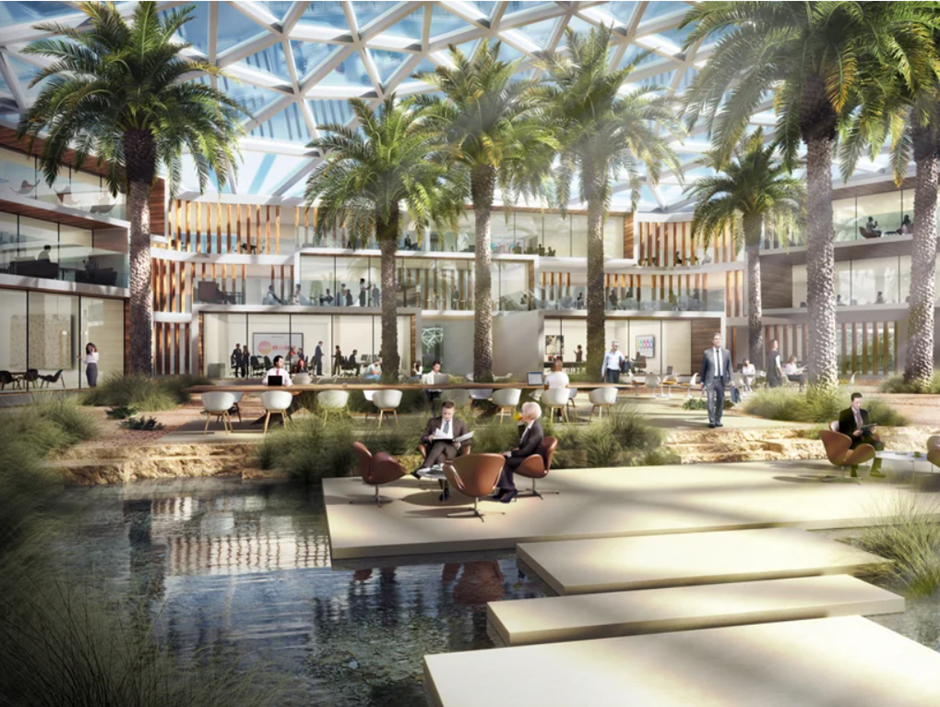
Biophilia will be valuable to organizations since a content, productive staff is more loyal, takes fewer sick days, and produces better work. The district will offer a variety of flexible workspaces of different sizes blended with nature to improve employee teamwork and communication.
In the end, the interior design will lead to more chance encounters and meetings. It’s about starting conversations when people randomly cross paths and mix.

These unforeseen encounters occasionally spark original conversations. As a result, these areas offered one of the best chances to blend in with nature, which is said to boost creativity.
End Notes: Changing Cities
The quality of our lives will be profoundly affected by the ways in which we engage with the urban infrastructure and processes that make up our cities. Therefore, it is essential to establish an urban tech ecosystem in order to make cities more livable and resilient.
Economically, urban technology presents a chance to facilitate a circular economy and generate green employment opportunities in fields as diverse as energy, water, waste, food, mobility, and construction.
The way we all work, play, and survive in urban areas can be drastically altered by technological advancements. Mobility, food, water, energy, waste, and other fields all have pressing needs that might benefit greatly from new solutions.
In addition to urbanization and population growth, the rapid acceleration of climate change is a driving force behind the push for carbon-neutral communities. As a result, reductions in carbon emissions around the world are making it possible for cities to undergo a technological makeover.
To create more sustainable, resilient, and livable communities, the Urban Tech District will become home to innovators and entrepreneurs who will provide the required support and aid with investments.


